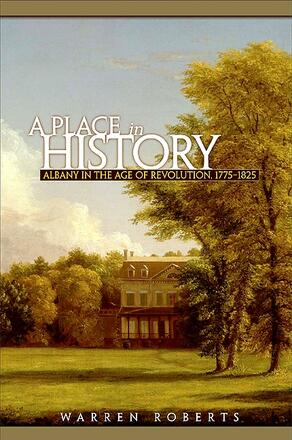
A Place in History
Albany in the Age of Revolution, 1775-1825
Alternative formats available from:
A journey into Albany’s historic past and the city’s role in three pivotal historical narratives: the American Revolution, the French Revolution, and the construction of the Erie Canal.
Description
In 1998, after completing a book on the French Revolution, Warren Roberts took a bicycle ride into the heart of the city in which he had lived for thirty-five years. Thus began a ten-year journey into the history of Albany, New York. Reading about the city's past, poring over old maps, and returning again and again to the city's historic sites with his camera, Roberts found that the more he delved into Albany's history, the more he uncovered about the city's important role in three larger historical narratives: the American Revolution, the French Revolution, and the construction of the Erie Canal. A Place in History is not only about Albany's role in these historical narratives, but is also about the men and women who were caught up in it, their public lives as well as their private intrigues, dalliances, and foibles. As Roberts shows, the history that unfolded along the Hudson River between 1775 and 1825 saved one revolution, caused another, transformed the city of Albany and the state of New York, and ultimately helped lay the foundations of a global economy.
Warren Roberts is Distinguished Teaching Professor of History at the University at Albany–SUNY. He is the author of Jacques-Louis David and Jean-Louis Prieur, Revolutionary Artists: The Public, the Populace, and Images of the French Revolution, also published by SUNY Press; Jacques-Louis David, Revolutionary Artist: Art, Politics, and the French Revolution; Jane Austen and the French Revolution; and Morality and Social Class in Eighteenth-Century French Literature and Painting.
Reviews
"If you love Albany history … there are rewarding moments [in this book]." — Schenectady Daily Gazette
"Warren Roberts has given us a highly personal look at Albany in Revolutionary and Federal periods, to stake out what he believes was the capital's role in national, even world, affairs of the time. Informed by scholarship, Roberts' book is nonetheless directed at a broad audience, one he hopes will discover Albany anew." — Field Horne, Chair, Conference on New York State History